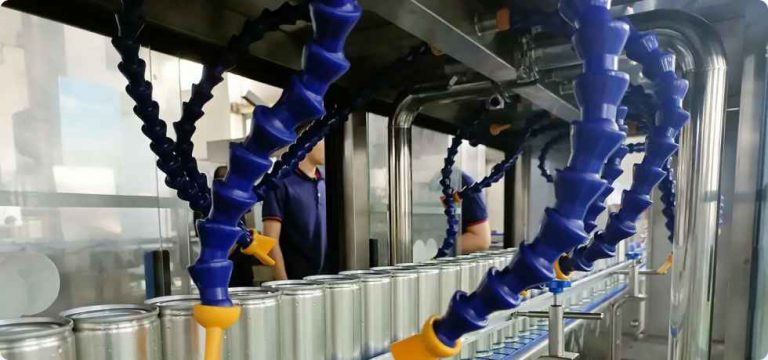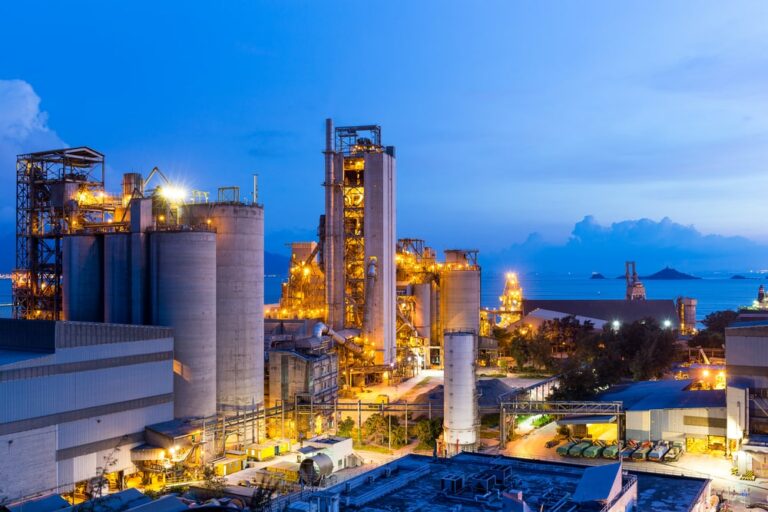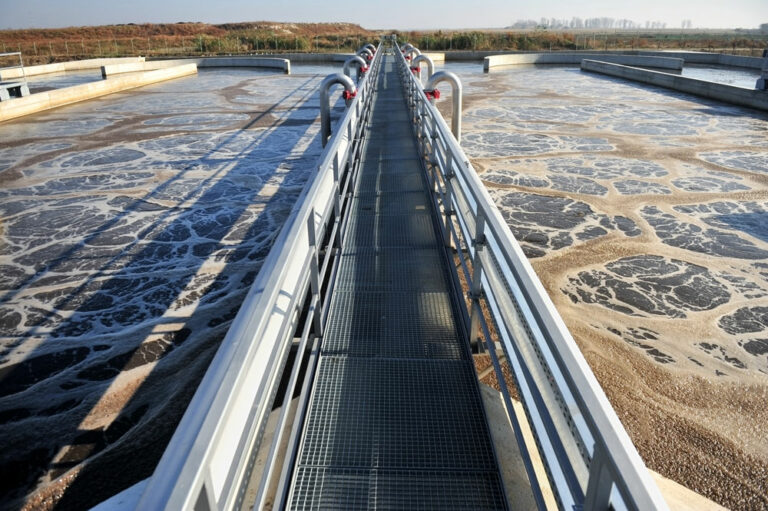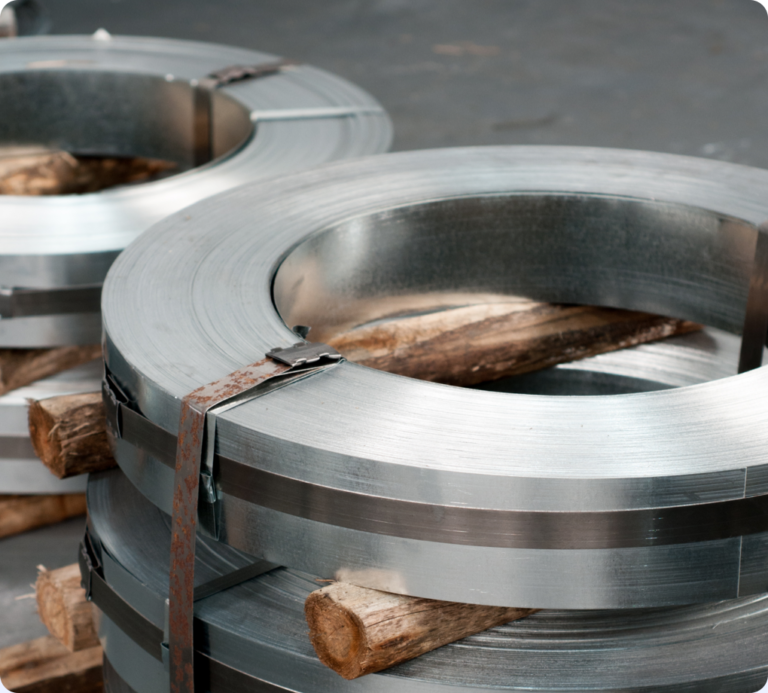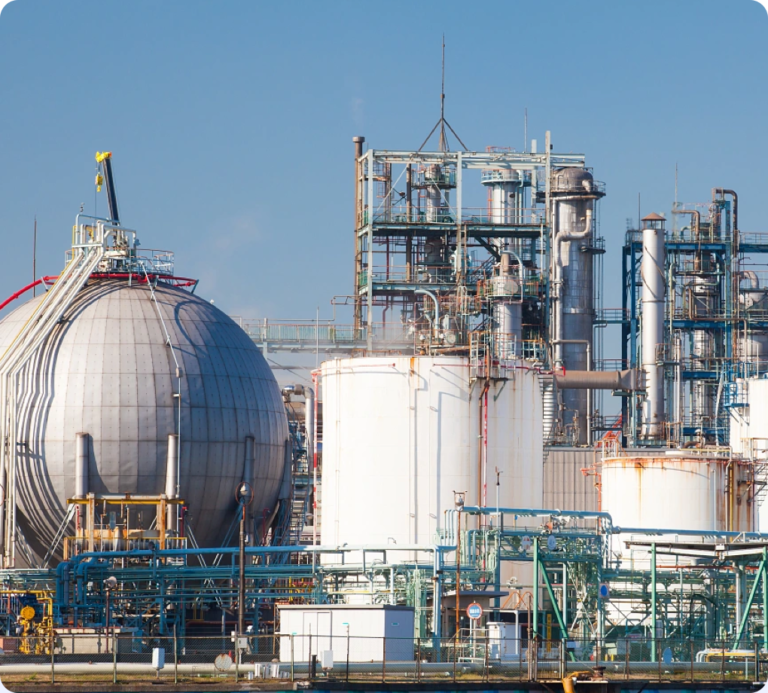RAETTS is a national high-tech enterprise integrating R&D, production and sales of professional blowers. RAETTS is a leading and benchmarking enterprise in the domestic medium pressure blower industry. RAETTS has the most advanced blower laboratory in the industry, and has jointly established a blower scientific research center with well-known domestic scientific research institutions. Our products are very popular in Navassa Island,Svalbard,Japan,Pakistan,Micronesia, Federated States of,Netherlands,Europa Island, America and Japan. have gained great credit from our customers.RAETTS blower is widely used in health products
Innovation has never stopped, technology is the king. After more than ten years of innovation and development, RAETTS has broken through the international technology monopoly and created a mature air bearing blower and maglev turbo blower dual production lines firstly in the industry, pioneered the portable and the miniature type air bearing blower.
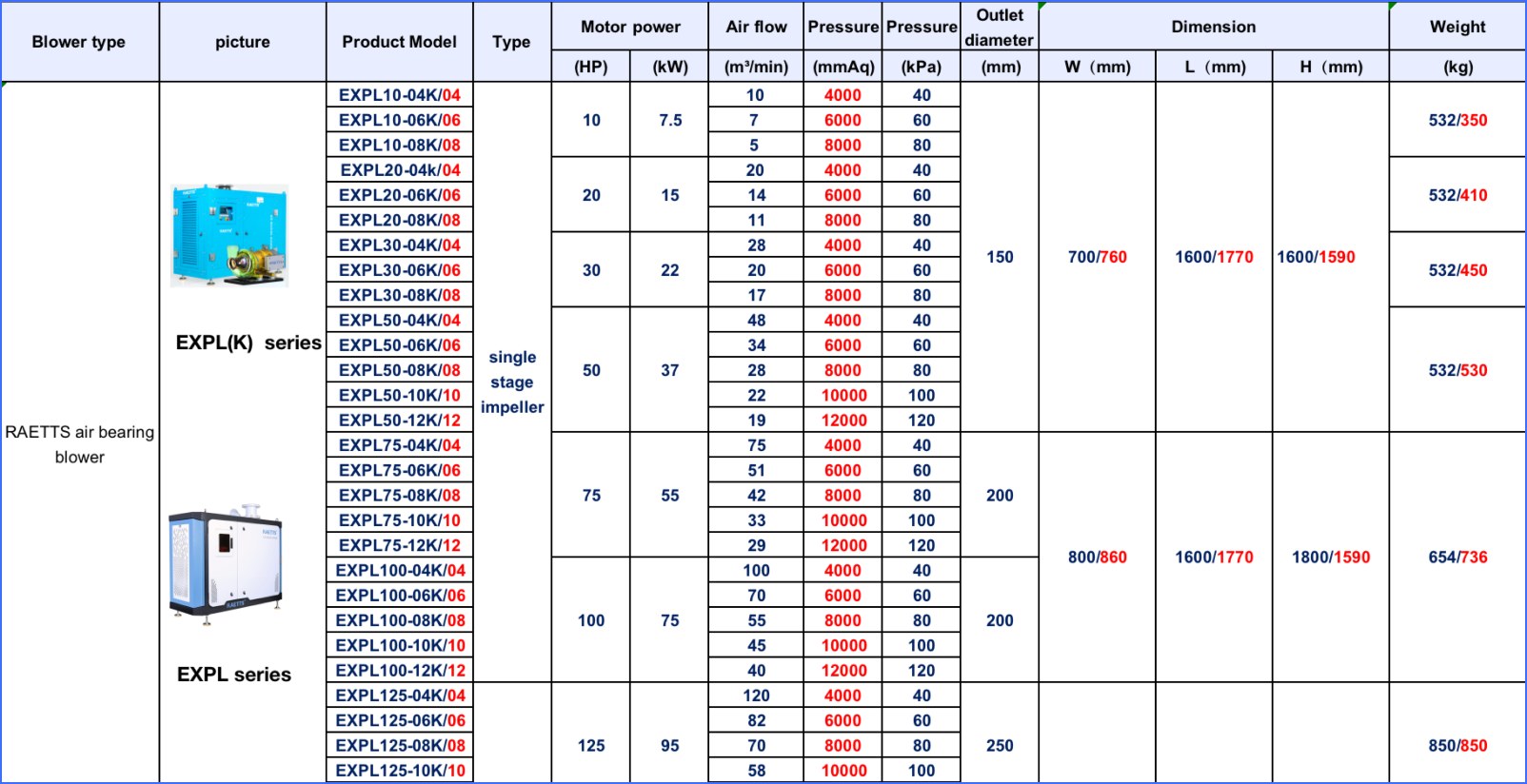
| Product name | Blowers for wastewater treatment plant |
| Keyword | aeration blowers with VFDs,blower for wastewater treatment,Air Compressors and Blowers for Mining,Centrifugal (Turbo) Blowers |
| Place of Origin | China |
| Feature | RAETTS air bearing turbo blower is a brand-new concept blower, which integrates the main core technologies such as “air suspension bearing”, “permanent magnet ultra-high-speed motor”, “high-precision aviation-grade impeller”, and creates a new era of ultra-high efficiency ,low noise and low energy consumption. |
| Dimensions | 791mm*808mm*835mm, (Contact us for specific information to confirm) |
| Applicable Industries | paper making, etc. |
| Weight | 384kg |
| delivery date | the common delivery time will be 30-40 days. |
| terms of paymen | RAETTS accept payment by T/T(30% advance payment,70% before shipment) |
| Life span | 17 years (Contact us for specific information to confirm) |
| After-sale service | RAETTS warranty time for air bearing blower and maglev turbo blower is 24months,for high speed centrifugal blower is 12 months. |
| Advantage | We keep good quality and competitive price to ensure our customers benefit |
| Packing | 875x825x858mm(Contact us for specific information to confirm) |
| OEM/ODM | Customization Service Provided |
| Sales country | All over the world for example:Navassa Island,Svalbard,Japan,Pakistan,Micronesia, Federated States of,Netherlands,Europa Island |
| MOQ | 3pcs(Contact us for specific information to confirm) |
| production capacity | production capacity RAETTS production quantity for air bearing blower and maglev turbo blower is about 200pcs/month,for high speed centrifugal blower is about 700pcs/month. |
| raw materials | RAETTS air blower impeller in made of aluminum alloy,enclosure material is carbon steel,rotor material is cast iron.If customers need other special materials,we can also customized according to customers requirements |
| technology | RAETTS air bearing blower technology is originated from South Korea and maglev turbo blower technology is originated from Germany.RAETTS also have R&D team from Xi’an Jiaotong University |
| quality system | RAETTS has quality management system certificate ISO9001:2015 and enviromental management system certificate ISO14001:2015 |

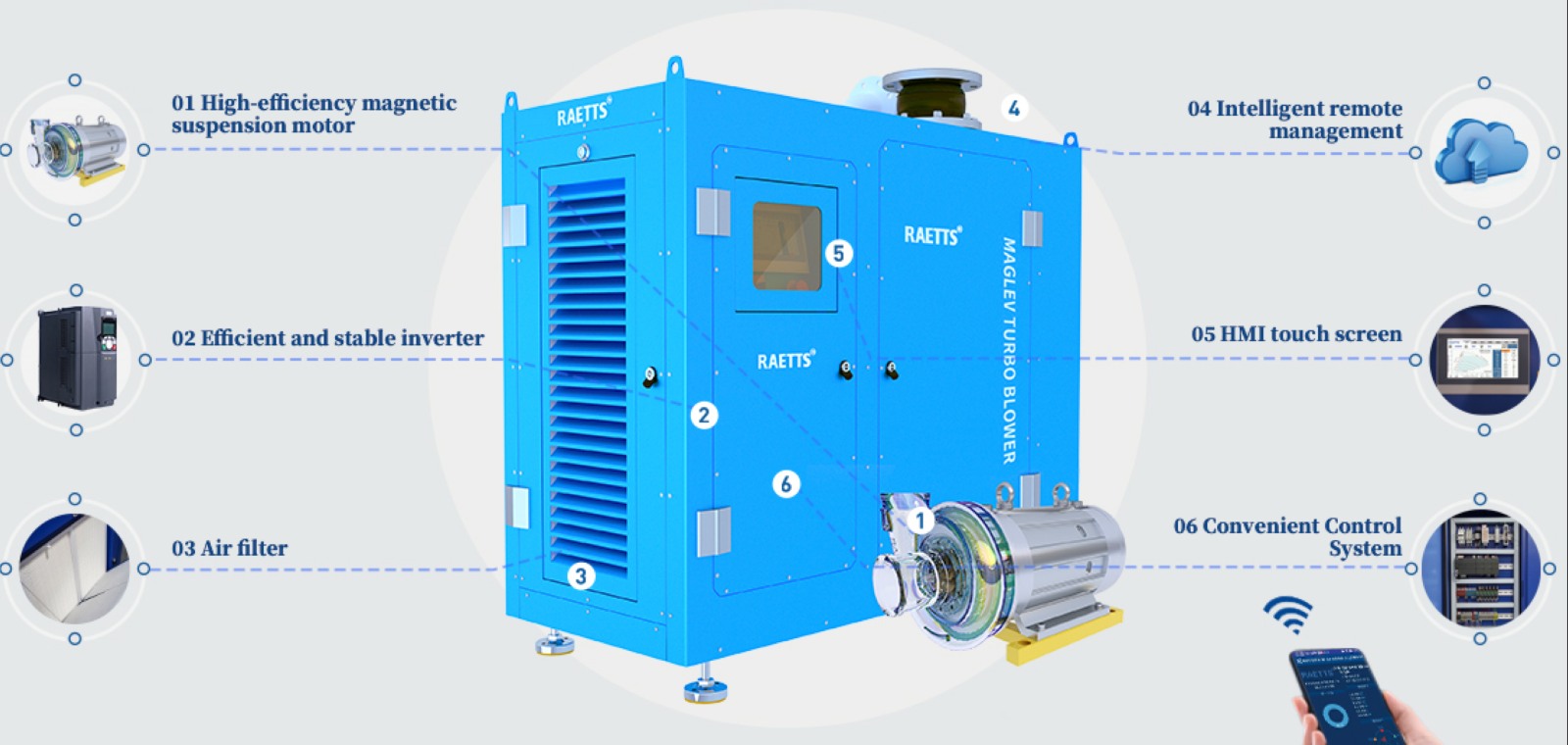
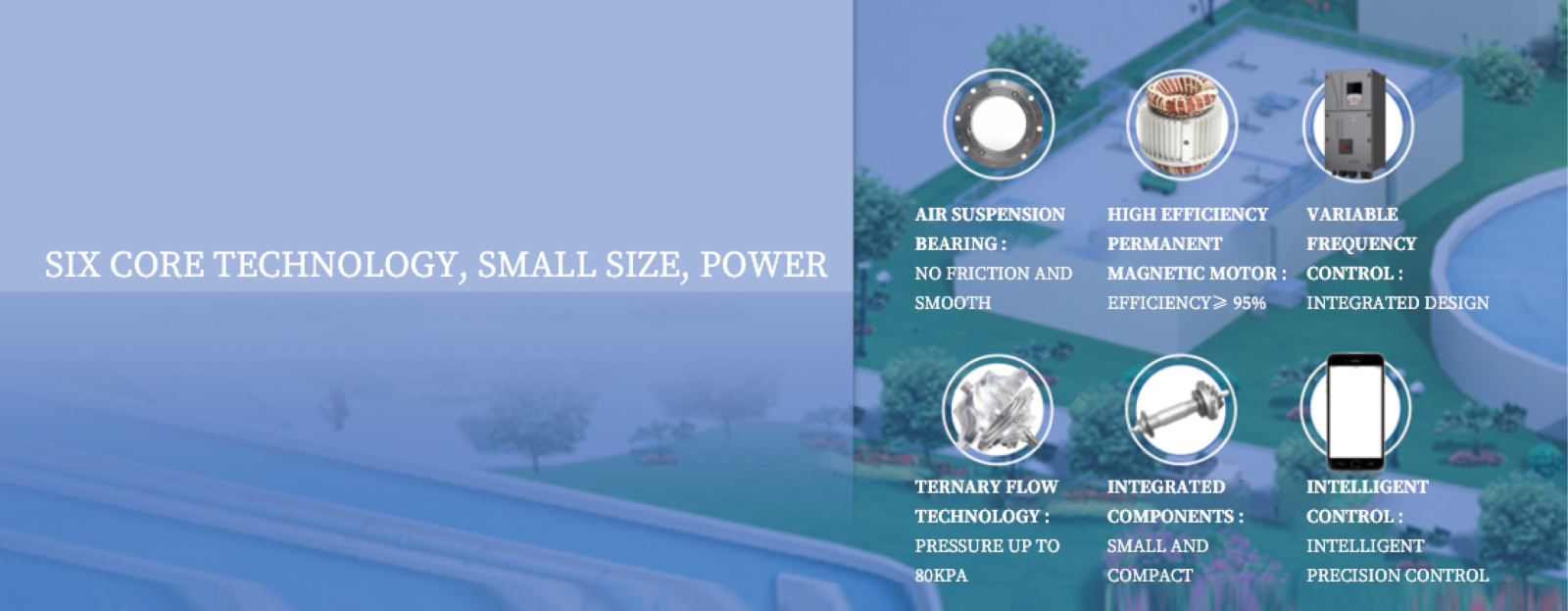
Blowers for wastewater treatment plant services FAQs Guide
Are you looking for a quick review guide about Blowers for wastewater treatment plantservices?
An ultimate FAQ buying guide is available to help you.This guide contains all the information about all the important facts, figures, and various processes regarding Blowers for wastewater treatment plant services.
Let’s continue!
2.Is a Turbo Blower Compatible with Other Equipment in My System?
3.Are Turbo Blowers More Suitable for Certain Applications?
4.What Types of Materials Can a Turbo Blower Handle?
5.How Does a Turbo Blower Handle Varying Inlet Conditions?
6.What Safety Features Should I Look for in a Turbo Blower?
7.How Does a Turbo Blower Ensure Oil-Free Operation?
8.About Blowers for wastewater treatment plant customization services
9.About Blowers for wastewater treatment plant production capacity
10.About Blowers for wastewater treatment plant raw materials
11.How Does a Turbo Blower Compare to Traditional Centrifugal Blowers?
12.What is the Cost Comparison between a Turbo Blower and Other Types of Blowers?
13.What is a Turbo Blower and How Does it Work?
14.Can a Turbo Blower Help to Reduce Energy Costs?
1.Is a Turbo Blower More Efficient at Higher or Lower Speeds?
We pay attention to the transformation of intellectual property protection and innovation achievements. Your OEM or ODM order design we have a complete confidentiality system.
A turbo blower is more efficient at higher speeds. This is because the higher the speed, the more air is being pushed through the blower, resulting in a higher volume of air being moved. This increased volume of air allows for more efficient operation and better performance. Additionally, at higher speeds, the blower is able to overcome any resistance or back pressure in the system more easily, resulting in a more efficient operation.
2.Is a Turbo Blower Compatible with Other Equipment in My System?
We have established long-term and stable partnerships with our suppliers, so we have great advantages in price and cost and quality assurance.
It depends on the specific equipment and system design. In general, a turbo blower can be compatible with other equipment in a system as long as it is properly sized and integrated into the system. However, it is important to consult with a professional engineer or manufacturer to ensure compatibility and proper installation.
3.Are Turbo Blowers More Suitable for Certain Applications?
We have advanced production equipment and technology to meet the needs of customers, and can provide customers with high quality, low priced Blowers for wastewater treatment plant products.
Yes, turbo blowers are more suitable for certain applications compared to other types of blowers. Some of the applications where turbo blowers are commonly used include:
1. Wastewater Treatment: Turbo blowers are widely used in wastewater treatment plants for aeration and mixing processes. They are highly efficient and can handle varying airflows and pressures, making them ideal for this application.
2. Pneumatic Conveying: Turbo blowers are also commonly used in pneumatic conveying systems for transporting materials such as powders, pellets, and granules. They provide a steady and consistent airflow, making them suitable for this application.
3. Industrial Processes: Turbo blowers are used in various industrial processes such as cooling, drying, and ventilation. They are preferred for these applications due to their high efficiency, compact size, and low noise levels.
4. Aquaculture: Turbo blowers are used in aquaculture systems for providing aeration and maintaining oxygen levels in the water. They are also used for mixing and circulation in fish tanks and ponds.
5. Biogas Production: Turbo blowers are used in biogas production plants for providing the necessary air for the digestion process. They are also used for mixing and agitation in the biogas tanks.
Overall, turbo blowers are suitable for applications that require high efficiency, variable airflows and pressures, and low noise levels. They are also preferred for applications where space is limited, as they have a compact design.
4.What Types of Materials Can a Turbo Blower Handle?
We focus on teamwork and communication to achieve common goals, We attach great importance to this detail.
Turbo blowers are versatile machines that can handle a wide range of materials. Some of the most common materials that can be handled by a turbo blower include:
1. Air and gases: Turbo blowers are primarily used for moving air and gases in various industrial processes. They can handle a wide range of gases, including air, nitrogen, oxygen, and other inert gases.
2. Liquids: Turbo blowers can also handle liquids, such as water, oil, and other fluids. They are commonly used in wastewater treatment plants to aerate and mix liquids.
3. Solids: Turbo blowers can handle solid materials in the form of dust, powders, and granules. They are often used in pneumatic conveying systems to transport solid materials in industries such as food processing, pharmaceuticals, and chemical manufacturing.
4. Vapors: Turbo blowers can handle vapors and fumes from various industrial processes. They are commonly used in ventilation systems to remove harmful vapors and maintain a safe working environment.
5. Particulates: Turbo blowers can handle particulate matter, such as dust, dirt, and debris. They are often used in industrial cleaning applications to remove debris and maintain a clean working environment.
6. Fibrous materials: Turbo blowers can handle fibrous materials, such as paper, textiles, and wood fibers. They are commonly used in paper mills and textile factories to move and process these materials.
7. Corrosive materials: Turbo blowers can handle corrosive materials, such as acids and chemicals. They are often made from corrosion-resistant materials to withstand exposure to these substances.
It is important to note that the specific materials a turbo blower can handle may vary depending on its design and construction. It is always best to consult the manufacturer or a technical expert to determine if a turbo blower is suitable for a specific material.
5.How Does a Turbo Blower Handle Varying Inlet Conditions?
We maintain a certain amount of R&D investment every year and continuously improve operational efficiency to provide better services to our cooperative customers.
A turbo blower is designed to handle varying inlet conditions by adjusting its speed and flow rate to maintain a constant pressure at the outlet. This is achieved through the use of a variable frequency drive (VFD) which controls the speed of the blower motor.
When the inlet conditions change, such as an increase or decrease in air flow or pressure, the VFD will adjust the speed of the blower to maintain a constant pressure at the outlet. This is done by monitoring the pressure at the outlet and adjusting the speed of the blower accordingly.
In addition, turbo blowers are equipped with inlet guide vanes (IGVs) which can be adjusted to control the amount of air entering the blower. This allows the blower to handle varying inlet conditions without overloading the motor or causing damage to the blower.
Furthermore, some turbo blowers are equipped with advanced control systems that can automatically adjust the speed and flow rate based on the inlet conditions, ensuring optimal performance and energy efficiency.
Overall, a turbo blower is able to handle varying inlet conditions by continuously adjusting its speed and flow rate to maintain a constant pressure at the outlet, while also utilizing inlet guide vanes and advanced control systems for optimal performance.
6.What Safety Features Should I Look for in a Turbo Blower?
As one of the top Blowers for wastewater treatment plant manufacturers in China, we take this very seriously.
1. Overload Protection: This feature automatically shuts off the blower if it becomes overloaded, preventing damage to the motor and other components.
2. Thermal Protection: This feature monitors the temperature of the blower and shuts it off if it becomes too hot, preventing overheating and potential fire hazards.
3. Ground Fault Circuit Interrupter (GFCI): A GFCI is a safety device that shuts off the power to the blower if it detects a ground fault or electrical leak, preventing electric shock.
4. Lockout/Tagout Capability: This feature allows the blower to be locked out and tagged out during maintenance or repair, preventing accidental start-up and ensuring the safety of maintenance workers.
5. Low Noise Level: Look for a turbo blower with a low noise level to protect your hearing and reduce noise pollution in the surrounding area.
6. Vibration Isolation: This feature reduces the vibration of the blower, making it safer to operate and reducing the risk of damage to surrounding structures.
7. Safety Guards: Some turbo blowers come with safety guards to prevent accidental contact with moving parts, reducing the risk of injury.
8. Emergency Stop Button: An emergency stop button allows for quick and easy shut-off in case of an emergency or malfunction.
9. Anti-Slip Feet: Look for a blower with anti-slip feet to prevent it from moving or tipping over during operation, ensuring the safety of the operator.
10. UL or CSA Certification: Make sure the turbo blower has been certified by a reputable organization such as UL (Underwriters Laboratories) or CSA (Canadian Standards Association) to ensure it meets safety standards.
7.How Does a Turbo Blower Ensure Oil-Free Operation?
We pay attention to user experience and product quality, and provide the best product quality and lowest production cost for cooperative customers.
A turbo blower ensures oil-free operation through its design and construction, as well as through the use of specialized components and systems.
1. Oil-Free Design: Turbo blowers are designed to operate without the need for oil lubrication. This means that all the moving parts, such as the impeller and bearings, are designed to function without the use of oil. This eliminates the risk of oil contamination in the air stream.
2. Magnetic Bearings: Turbo blowers use magnetic bearings instead of traditional oil-lubricated bearings. These bearings use magnetic fields to levitate and support the rotating shaft, eliminating the need for oil lubrication. This also reduces friction and wear, resulting in longer service life and improved efficiency.
3. Air Cooling: Turbo blowers use air cooling instead of oil cooling. This means that the blower is cooled by the surrounding air, rather than by circulating oil. This eliminates the risk of oil leaks and contamination.
4. Sealed Enclosure: Turbo blowers are enclosed in a sealed housing, which prevents any oil from escaping into the air stream. This ensures that the air being delivered is completely oil-free.
5. Oil-Free Seals: The seals used in turbo blowers are specially designed to be oil-free. This prevents any oil from leaking into the air stream and ensures that the air being delivered is completely oil-free.
6. Oil-Free Filtration: Turbo blowers use specialized oil-free filtration systems to remove any oil or contaminants from the air stream. This ensures that the air being delivered is clean and oil-free.
Overall, the combination of these design features and specialized components ensures that a turbo blower operates without the need for oil lubrication, resulting in completely oil-free operation. This is essential for applications where oil contamination is not acceptable, such as in food and beverage production, pharmaceutical manufacturing, and electronics production.
8.About Blowers for wastewater treatment plant customization services
RAETTS has more than 20 peoples R&D team,which can help customer to do customization for the air blowers to meet the different applications
9.About Blowers for wastewater treatment plant production capacity
RAETTS production quantity for air bearing blower and maglev turbo blower is about 200pcs/month,for high speed centrifugal blower is about 700pcs/month.
10.About Blowers for wastewater treatment plant raw materials
RAETTS air blower impeller in made of aluminum alloy,enclosure material is carbon steel,rotor material is cast iron.If customers need other special materials,we can also customized according to customers requirements.
11.How Does a Turbo Blower Compare to Traditional Centrifugal Blowers?
We pay attention to the introduction and training of talents, scientifically regulate the management system, and focus on cultural construction and team cohesion.
A turbo blower is a type of centrifugal blower that uses a high-speed impeller to generate air flow. It differs from traditional centrifugal blowers in several ways:
1. Design: Turbo blowers have a more compact and streamlined design compared to traditional centrifugal blowers. This is because they use a single-stage impeller, which eliminates the need for multiple stages and reduces the overall size of the blower.
2. Speed: Turbo blowers operate at much higher speeds than traditional centrifugal blowers. While traditional blowers typically operate at speeds of 3,600 RPM or lower, turbo blowers can reach speeds of up to 30,000 RPM. This allows them to generate higher air flow rates and pressures.
3. Efficiency: Due to their high speeds, turbo blowers are more efficient than traditional centrifugal blowers. They require less energy to operate and can achieve higher air flow rates with the same power input.
4. Maintenance: Turbo blowers have fewer moving parts compared to traditional centrifugal blowers, which means they require less maintenance and have a longer lifespan.
5. Noise: Turbo blowers are generally quieter than traditional centrifugal blowers due to their streamlined design and high-speed operation.
6. Control: Turbo blowers offer more precise control over air flow and pressure compared to traditional centrifugal blowers. This is because they can adjust their speed and impeller angle to meet specific process requirements.
Overall, turbo blowers offer several advantages over traditional centrifugal blowers, including higher efficiency, lower maintenance, and more precise control. However, they may also come at a higher initial cost. The choice between the two types of blowers will depend on the specific needs and requirements of the application.
12.What is the Cost Comparison between a Turbo Blower and Other Types of Blowers?
We focus on providing high Blowers for wastewater treatment plant quality products and services.
The cost of a turbo blower can vary depending on the size, brand, and features. However, in general, turbo blowers tend to be more expensive than other types of blowers such as centrifugal blowers and positive displacement blowers.
Centrifugal blowers are typically the most affordable option, with prices ranging from $500 to $10,000. Positive displacement blowers are slightly more expensive, with prices ranging from $1,000 to $20,000.
On the other hand, turbo blowers can cost anywhere from $5,000 to $50,000, depending on the size and features. This makes them significantly more expensive than other types of blowers.
However, it is important to note that turbo blowers are more energy-efficient and have lower operating costs compared to other types of blowers. This means that while the initial cost may be higher, the long-term cost savings can make up for it.
Additionally, turbo blowers have a longer lifespan and require less maintenance, which can also contribute to cost savings in the long run.
Overall, the cost comparison between a turbo blower and other types of blowers will depend on the specific needs and requirements of the application. It is important to consider not just the initial cost, but also the long-term cost and efficiency when making a decision.
13.What is a Turbo Blower and How Does it Work?
We enjoy high authority and influence in the industry and continue to innovate products and service models.
A turbo blower is a type of centrifugal blower that uses a high-speed impeller to move air or gas through a system. It is commonly used in industrial and commercial applications for ventilation, aeration, and pneumatic conveying.
The basic principle of a turbo blower is similar to that of a centrifugal fan. The impeller, which is a rotating wheel with curved blades, draws air in through the center and then accelerates it outward. This creates a high-velocity stream of air that is then directed through a diffuser, which converts the kinetic energy into pressure energy. The pressurized air is then discharged through an outlet.
The main difference between a turbo blower and a centrifugal fan is the speed at which the impeller rotates. A turbo blower typically operates at much higher speeds, often in the range of 15,000 to 50,000 revolutions per minute (RPM). This high speed is achieved through the use of a direct-drive motor or a gear system.
The high speed of the impeller allows for a more compact design and higher efficiency compared to traditional centrifugal fans. It also results in a more uniform flow of air, which is important for applications such as aeration and pneumatic conveying.
In addition to the impeller speed, the design of the blades also plays a crucial role in the performance of a turbo blower. The blades are typically curved and angled to efficiently capture and accelerate the air. They may also be adjustable to allow for fine-tuning of the air flow and pressure.
Some turbo blowers also incorporate variable frequency drives (VFDs) to control the speed of the impeller and adjust the air flow and pressure as needed. This allows for more precise control and energy savings.
Overall, turbo blowers are a highly efficient and versatile option for moving air and gas in various industrial and commercial applications. They offer a compact design, high speed, and precise control, making them a popular choice for many industries.
14.Can a Turbo Blower Help to Reduce Energy Costs?
We actively participate in the Blowers for wastewater treatment plant industry associations and organization activities. The corporate social responsibility performed well, and the focus of brand building and promotion
Yes, a turbo blower can help to reduce energy costs in several ways:
1. Energy-efficient design: Turbo blowers are designed to be highly energy-efficient, using advanced technologies such as variable frequency drives (VFDs) and magnetic bearings. These features help to reduce energy consumption and save on operating costs.
2. Lower maintenance costs: Turbo blowers require less maintenance compared to traditional blowers, which can result in cost savings over time. This is because they have fewer moving parts and do not require lubrication, reducing the need for maintenance and repairs.
3. Reduced energy consumption: Turbo blowers use less energy to produce the same amount of air compared to traditional blowers. This is due to their high-speed, direct-drive design, which eliminates the need for gears and belts that can cause energy losses.
4. VFD control: Turbo blowers are equipped with VFDs, which allow for precise control of the blower speed. This means that the blower can adjust its speed to match the required airflow, resulting in energy savings.
5. Lower operating costs: Due to their energy-efficient design and lower maintenance requirements, turbo blowers have lower operating costs compared to traditional blowers. This can result in significant cost savings over the lifetime of the blower.
Overall, a turbo blower can help to reduce energy costs by using less energy, requiring less maintenance, and having lower operating costs. This makes them a cost-effective option for industries and facilities looking to reduce their energy consumption and costs.
Tag:Mineral processing blower,centrifugal blower for mine material transportation,aeration blower manufacturer,air knife drying system,air blower for Chemical industry,oxygen supply blower for yeast

